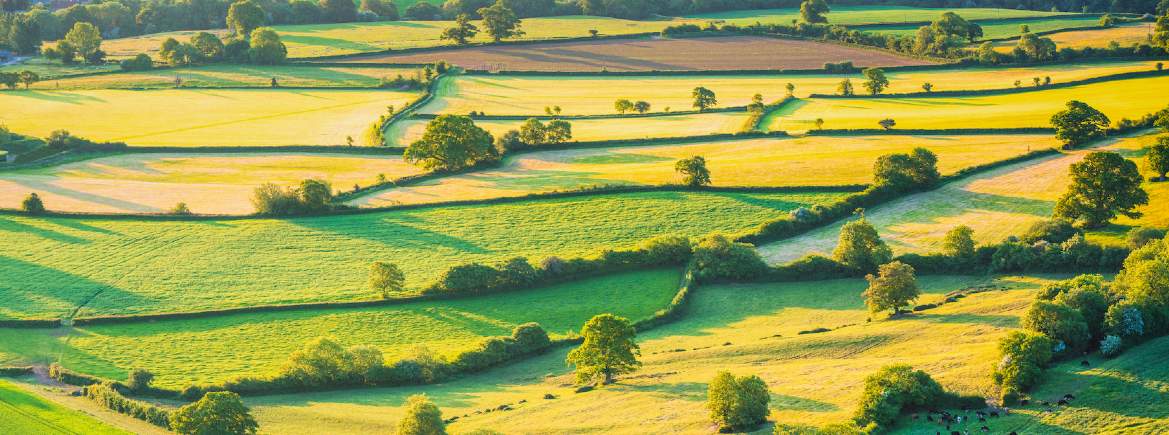Our recent Global Farmland Spotlight looked into some of the policy and tax structures that influence farmland values around the globe.
These factors work in combination with other local issues to form part of the equation the market uses to assess value in a given setting. But perhaps the most influential factor, and relatable for many farmers, is the relationship and increasing disconnect between the value of the land asset and the earnings derived from it.
For the most part, this balance is carefully constructed over time as farm incomes accumulate and balance sheets strengthen. However, throughout history we have seen instances where this balance readjusts as capital values rise to compensate for an increase in earnings.
The green revolution of the late 1960s/early 1970s is a good historical example, when phenomenal technical advances within agriculture transformed the capacity to produce food per unit area. A more recent example was the 14-year period from the early 2000s, when land values rose steadily as higher commodity prices spurred investment and growth before levelling as commodity prices cooled.
The table below illustrates the correlation of UK and US land values with major food commodity price indexes.
What is interesting here is the point at which commodities start to weaken (2011) and land value growth starts to flatten (2014 onwards). This is the point at which the market effectively realised earning capacity from land had peaked and buyers could simply not profit from farming land beyond this value.
Values have been supported since then which should continue as long as the cost of holding the asset can be serviced – that is debt levels can be managed and interest payed.
But if land prices are to continue their long-term appreciation, land owners and managers must find new ways to generate income off what is sometimes a disproportionally large asset base.
Business diversification has been popular for many over recent years, particularly across areas where scale is not easily achievable. Holiday lets and renewable energy ventures are good examples of this. However, it is the concept of natural capital that holds the greatest value add potential and is perhaps the next revolutionary step in revenue generation from farmland.
Natural capital is the term used to describe the world’s stock of natural resources – air, water, soil, and so on. All provide an essential service to society and farmers and land managers are uniquely positioned to both invest in and be remunerated for enhancing these natural assets.
These concepts are developing into markets, as carbon offsets or biodiversity credits begin to find their feet in terms of measurement and recognised accreditation. Current sentiment suggests demand is developing ahead of supply and delivery which should help accelerate investment and the required technological progression.
The key to these opportunities, however, is layering additional revenue streams on top of and alongside agricultural production. Many of these services are already inadvertently provided by land managers, so where the value is to be realised is in the extra investment that goes above and beyond a reasonable baseline. A number of high-profile investment funds have announced commitments in this space signaling the private money is ready to be put to work and make an impact.
The first green revolution transformed the way land was used and managed towards food production above all else. This, dubbed the second green revolution, may be as dramatic in pulling land back towards carbon and biodiversity interests, and at the same time offering the opportunity to de-risk farmland investments in ways previously not possible.
The effect will vary from market to market, but the tide is shifting in favour of action over reaction.

.jpg)
.jpg)
.jpg)
.jpg)

.jpg)


.jpg)
.jpg)